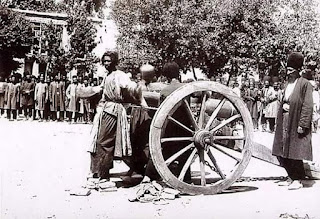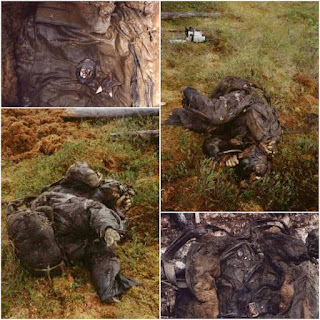In 1911, guano (bat excrement) miners did discover a large rock shelter in Lovelock, Nevada, that contained artifacts and human remains.
In 1911, guano (bat excrement) miners did discover a large rock shelter in Lovelock, Nevada, that contained artifacts and human remains.
The site was later excavated by archaeologists, and the human remains were found to be those of a variety of Native American peoples who had inhabited the area over a period of thousands of years. The remains did include some unusually tall individuals, but there is no evidence that they were a separate race of giants or that they were cannibals.
The legend of the "red-haired giants" appears to have been popularized in the 20th century by a series of articles and books that presented a fanciful and inaccurate interpretation of the Lovelock Cave discoveries. The idea of a war between Native American tribes and a race of giants is not supported by any historical or archaeological evidence.
The Paiute people did not have a tradition of war with giants, and the story of the Si-Te-Cah appears to have been invented or exaggerated by non-Native storytellers.


.jpg)

.jpeg)






Comments
Post a Comment